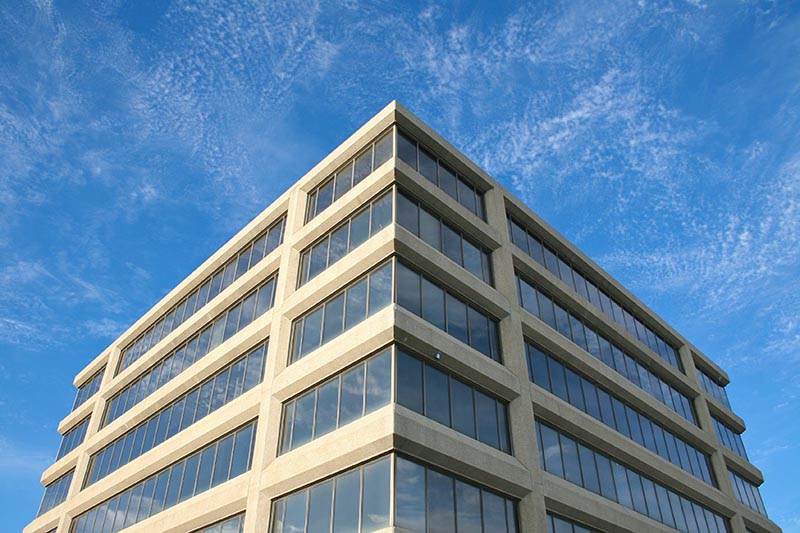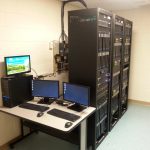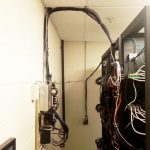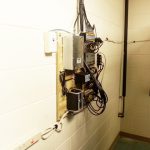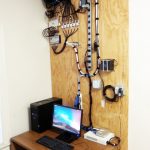If you own a business, finding a solution for WiFi connectivity across your entire facility can be a daunting task. Today’s businesses rely on WiFi for an ever-expanding list of tasks: to run POS and security systems, provide guest WiFi for customers, run management and scheduling apps, and so much more. A WiFi network that is secure and capable of serving employees, customers, and systems has become a necessity.
There is a long list of pitfalls that can limit the ability of a business to provide fast, efficient WiFi. Addressing these concerns involves comprehensive planning that includes choosing the right provider, equipment, and setup. There are a few scenarios you’ll want to avoid when possible:
Double NAT Networking
Double NAT (network address translation) networks connect one router behind another router. This type of network will allow you to connect to the internet, but in reality, you are creating a new network rather than extending an existing network. This can cause issues for gaming, connection to a VPN, and opening ports to advanced network configurations. A Double NAT setup forces you to broadcast two separate networks and prevents communication with other devices connecting to the same network, making it ineffective as a solution for WiFi connectivity across large areas.
Mesh WiFi Networking
Mesh networks deploy multiple access points within a single network without the need to run Ethernet cable to each access point. This allows data to be relayed from one access point to another wirelessly. A Mesh network can be an effective solution in residential settings and may be sufficient for limited coverage areas, depending on usage. The downside to Mesh networks is speed: each relay within the network can experience up to a 50% loss in speed. This may not be relevant if your business does not require high-speed internet access, but for businesses that use high-powered apps or offer WiFi to customers, a Mesh network is likely insufficient.
Wireless Extenders/Repeaters
Wireless extenders or repeaters are generally a combination of the worst qualities of Double NAT and Mesh networks. A WiFi extender/repeater, much like a Double NAT network, creates a new network by using your existing wireless network. Unlike Mesh networks that relay signals from every access point connected to the Mesh, wireless extenders rely on a central antenna.
Extenders and Repeaters, Double NAT networks, and Mesh networks are only truly viable in residential environments and can be attractive thanks to their affordable price points, but they are poorly suited to business settings where advanced networking and speed are of paramount importance. To properly set up your larger commercial building with fast, powerful connectivity, you’ll need to plan from the ground up. The following tips can help you design a network that will meet your needs and the needs of your consumers:
1. Create a proper cabling plan for all required network equipment
2. Choose the right equipment for your large area wireless installation
3. Use a unified management system for your large area WiFi solution
4. Position your equipment properly and in ideal locations
5. Configure your equipment to best perform in your environment
6. Use point to point bridges to share an internet connection between two or more areas
If these steps seem like an overwhelming task, you also have the option of depending on Sure Site Satellite to guide you through the design and implementation of your network. Call us today to equip your business with the best connectivity available!

